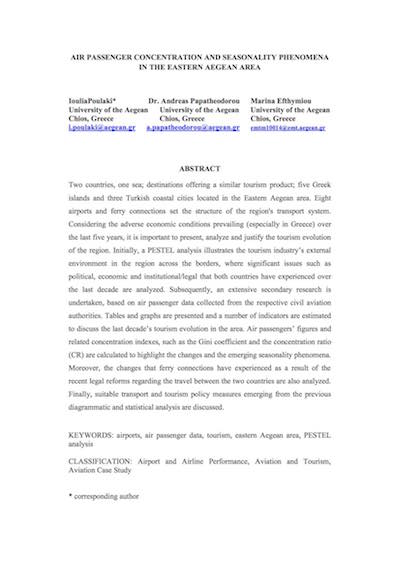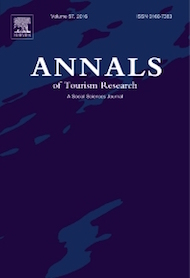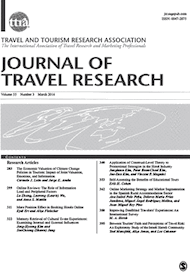Two countries, one sea; destinations offering a similar tourism product; five Greek islands and three Turkish coastal cities located in the Eastern Aegean area. Eight airports and ferry connections set the structure of the region's transport system. Considering the adverse economic conditions prevailing (especially in Greece) over the last five years, it is important to present, analyze and justify the tourism evolution of the region. Initially, a PESTEL analysis illustrates the tourism industry’s external environment in the region across the borders, where significant issues such as political, economic and institutional/legal that both countries have experienced over the last decade are analyzed. Subsequently, an extensive secondary research is undertaken, based on air passenger data collected from the respective civil aviation authorities. Tables and graphs are presented and a number of indicators are estimated to discuss the last decade’s tourism evolution in the area. Air passengers’ figures and related concentration indexes, such as the Gini coefficient and the concentration ratio (CR) are calculated to highlight the changes and the emerging seasonality phenomena. Moreover, the changes that ferry connections have experienced as a result of the recent legal reforms regarding the travel between the two countries are also analyzed. Finally, suitable transport and tourism policy measures emerging from the previous diagrammatic and statistical analysis are discussed.







